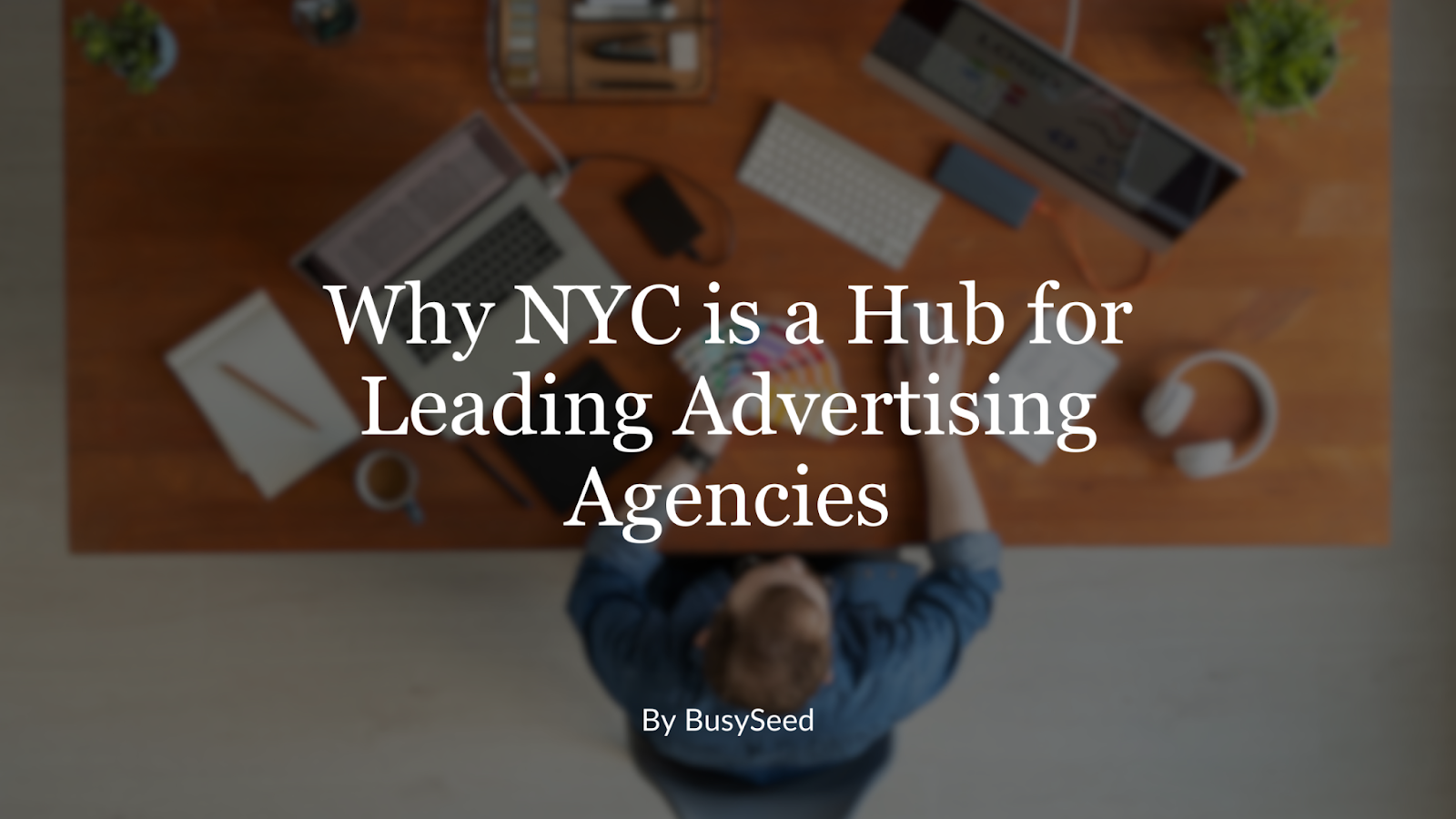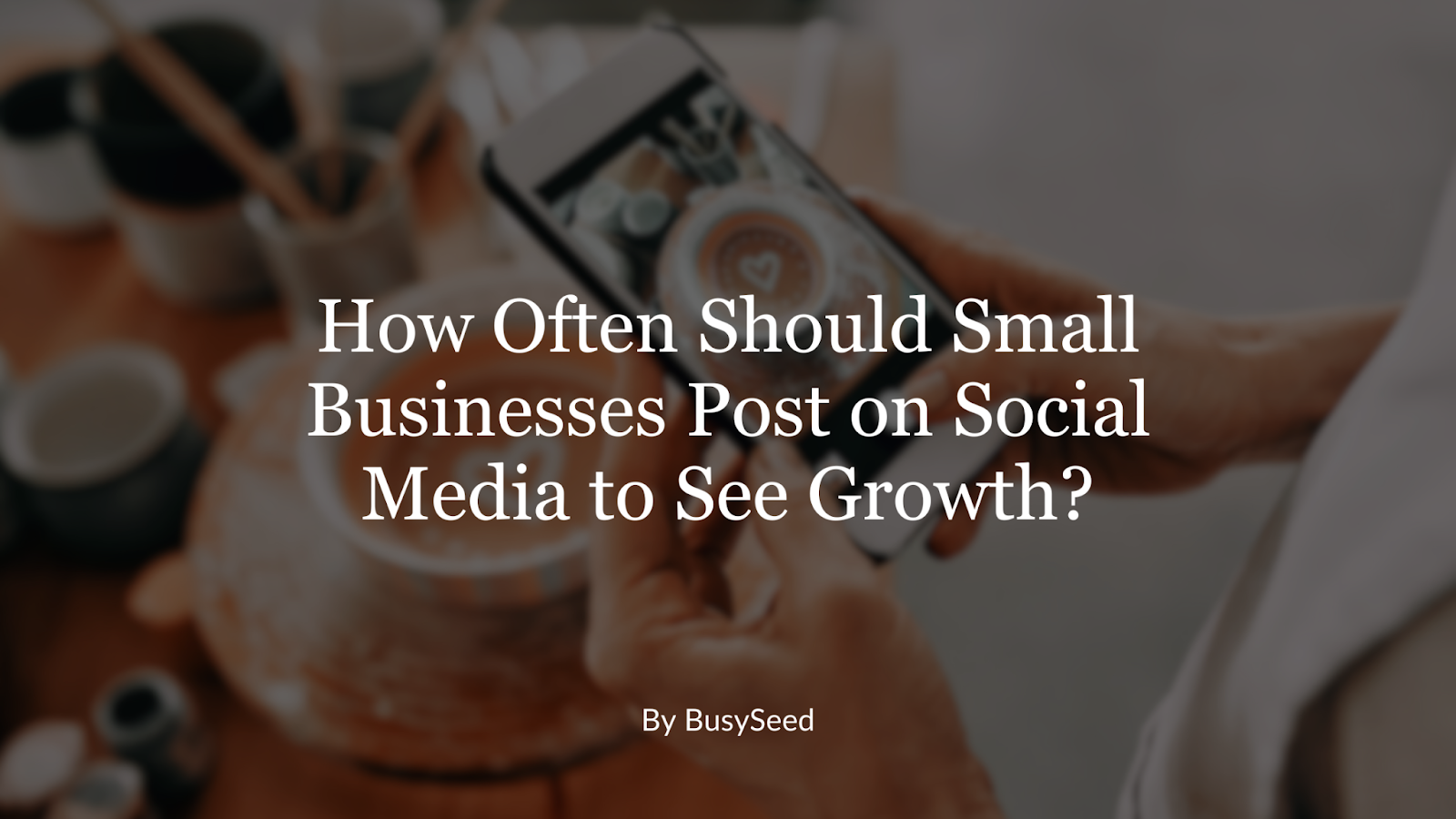Beyond Keywords: How User Intent Impacts Your Search Rankings
Dive deep into the evolving landscape of SEO, where understanding the "why" behind a search is crucial. Explore how search engines prioritize user intent and how businesses can optimize their content to match what searchers genuinely seek. Provide actionable tips on identifying user intent, crafting content that satisfies it, and measuring the impact on rankings.
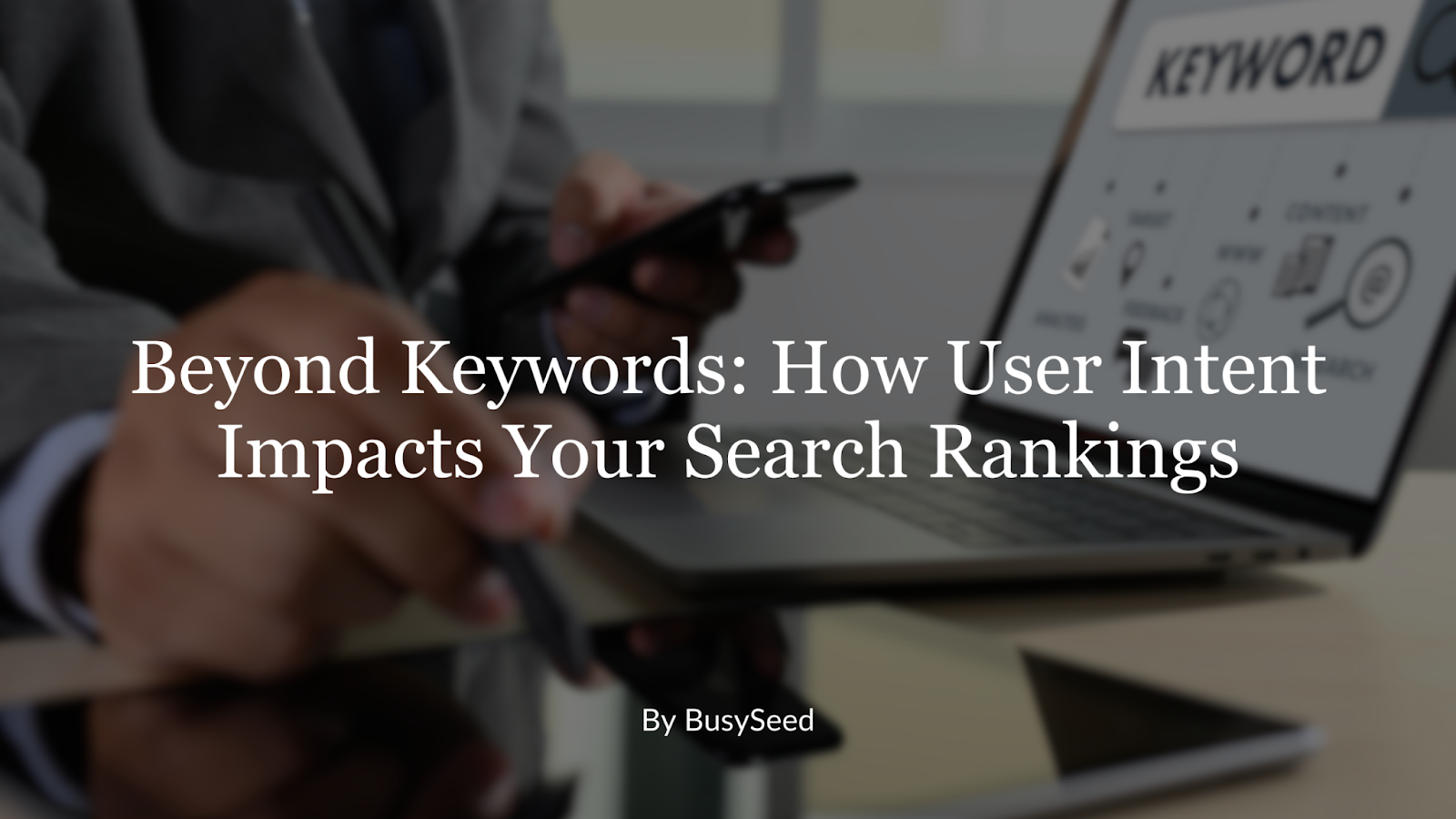
Beyond Keywords: How User Intent Impacts Your Search Rankings
SEO is no longer just about keywords. Businesses focusing solely on inserting keywords into their content without understanding user intent are missing the mark. Google’s algorithm is more innovative than ever, prioritizing content to satisfy searcher needs. If you want to dominate search rankings and stay ahead of the competition, it's time to master search intent optimization.
Let's explore how to understand search intent, elevate your SEO game, and improve your digital marketing effectiveness.
What is User Intent in SEO?
User intent, often called search intent, is the why behind a search query. When someone types something into Google, they aren't just searching for words—they're looking for specific information, products, or solutions.
Google's advanced algorithms now categorize user intent into four core types:
- Informational Intent – The searcher is looking for knowledge.
- Example: How to understand search intent
- Navigational Intent – The searcher wants to visit a specific website.
- Example: BusySeed marketing blog
- Transactional Intent – The searcher is ready to make a purchase or take action.
- Example: Best advertising agencies New York
- Commercial Investigation – The searcher compares options before making a decision.
- Example: Top NYC marketing firms
Google aims to provide the most relevant results matching intent, so businesses that tailor their content accordingly are rewarded with higher rankings.
Why User Intent Impacts Your Search Rankings
Search engines have evolved to prioritize relevance over keyword density. If your content doesn’t align with user intent, it won’t rank well—no matter how well-optimized your keywords are.

Google's Algorithm Evolution: A Shift Toward Intent
Google updates like BERT (2019) and Helpful Content (2022) revolutionized ranking searches. These updates focus on understanding the search's meaning rather than just matching keywords.
For example, a page titled “Best SEO Strategies” may rank lower than “How to Improve Google Rankings with Better SEO” because the latter more effectively addresses search intent.
If you want to perform well in organic search, understanding and optimizing search intent is critical.
How to Optimize for User Intent
Want to master search intent optimization? Follow these actionable steps:
1. Identify Search Intent Before Creating Content
Before you start writing, analyze the intent behind your target keywords. Use Google’s search results as a guide:
- Look at the top-ranking pages. Are they blog posts or product pages? Informational guides or service comparisons?
- Check Google's "People Also Ask" section. This provides insights into related questions users are asking.
You can create content that precisely meets their needs by understanding what users expect.
2. Create Content That Matches Each Intent Category
Different search intents require different types of content:
- Informational Intent: Blog posts, guides, and FAQs
- Navigational Intent: About pages or brand-related landing pages
- Transactional Intent: Product pages, CTA-driven content
- Commercial Investigation: Comparison articles, testimonials, case studies
For instance, if someone searches for the best advertising agencies New York, they are likely exploring service providers—not looking for a blog post about what advertising agencies do. If you're an agency aiming to rank for this keyword, create comparison pages showcasing your expertise against other NYC marketing firms.
3. Optimize Beyond Keywords
Keyword placement matters, but aligning with intent gets you to the top. Here’s how:
- Use natural language: Structure content to mirror how people search.
- Answer user questions directly: Keep answers concise and scannable.
- Structure content for easy readability: Break up text with headings and bullet points.
- Leverage multimedia: Infographics and videos improve engagement and dwell time.
This method ensures Google recognizes your content as highly relevant and rewards you with better rankings.
4. Improve Engagement Metrics
Google considers user experience signals when ranking pages. If users leave a page quickly, it indicates that the content doesn’t meet their expectations.
To improve engagement:
- Use compelling meta descriptions that clearly describe what users will find.
- Ensure fast page load times (Google recommends under 3 seconds).
- Include clear CTAs that guide users to the next step, such as reading another article or scheduling a consultation.
At BusySeed, one of the top NYC marketing firms, we’ve helped businesses align content with search intent optimization. This has resulted in higher dwell times and lower bounce rates, key factors in improving search rankings.

How to Measure the Impact of Search Intent Optimization
Once you optimize for user intent SEO, how do you track success?
1. Monitor Rank Changes
Use tools like Google Search Console to track whether aligning content with intent improves your rankings. Look for:
- Increased rankings for targeted keywords
- Higher organic traffic
- More click-through rates (CTR) in search results
2. Analyze Engagement Metrics
Google Analytics can help you measure:
- Time on page: Are users staying longer on intent-optimized pages?
- Bounce rate: Lower bounce rates indicate better-matched content.
- Conversion rate: Are informational searches leading users to take action?
3. Gather User Feedback
Customer behavior doesn’t lie. Use surveys and heat maps to see how visitors interact with your content. If users consistently drop off, your strategy might need to be adjusted.
Final Thoughts: Why Understanding Search Intent is No Longer Optional
Keywords get you in the door, but search intent optimization keeps you at the top. As search engines evolve, businesses that understand how to understand search intent and align their content accordingly will win.
At BusySeed, we help brands go beyond just ranking—we help them connect with their ideal audience. Whether you’re an enterprise-level business or a growing startup, our team of growth architects crafts revenue-driven digital marketing strategies suited to your business needs.
Ready to Optimize for Search Intent and Dominate Rankings?
Don't let outdated SEO tactics hold you back. If you're ready to elevate your rankings with effective user intent SEO, it's time to take action.
Schedule a free consultation with BusySeed, one of the best advertising agencies New York’s expert team. We can craft a winning SEO strategy tailored to your business goals.
Contact BusySeed today to learn how we can help you rank higher and drive more revenue. Visit BusySeed, one of the best advertising agencies New York, and grow brighter with search intent optimization!
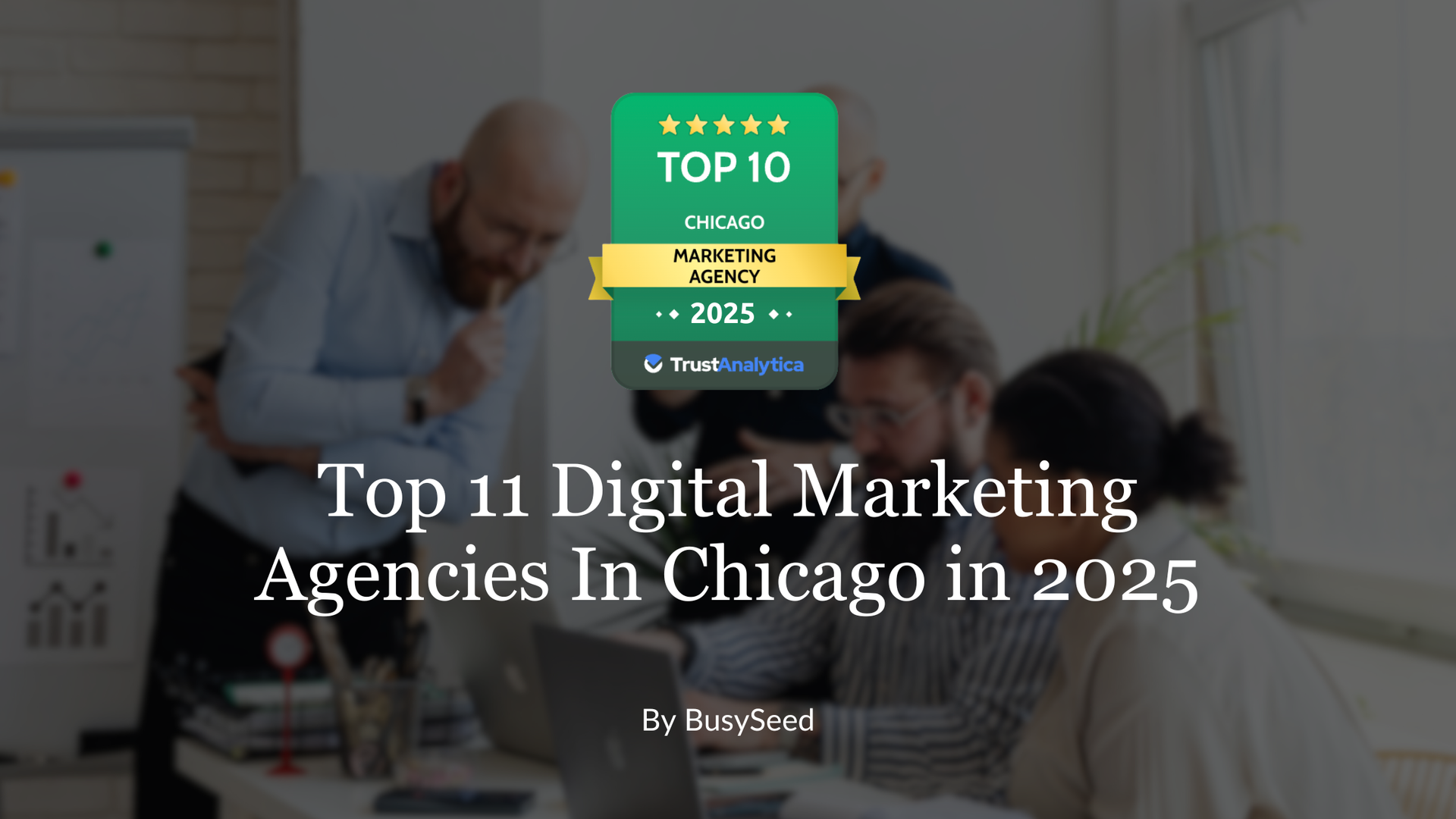
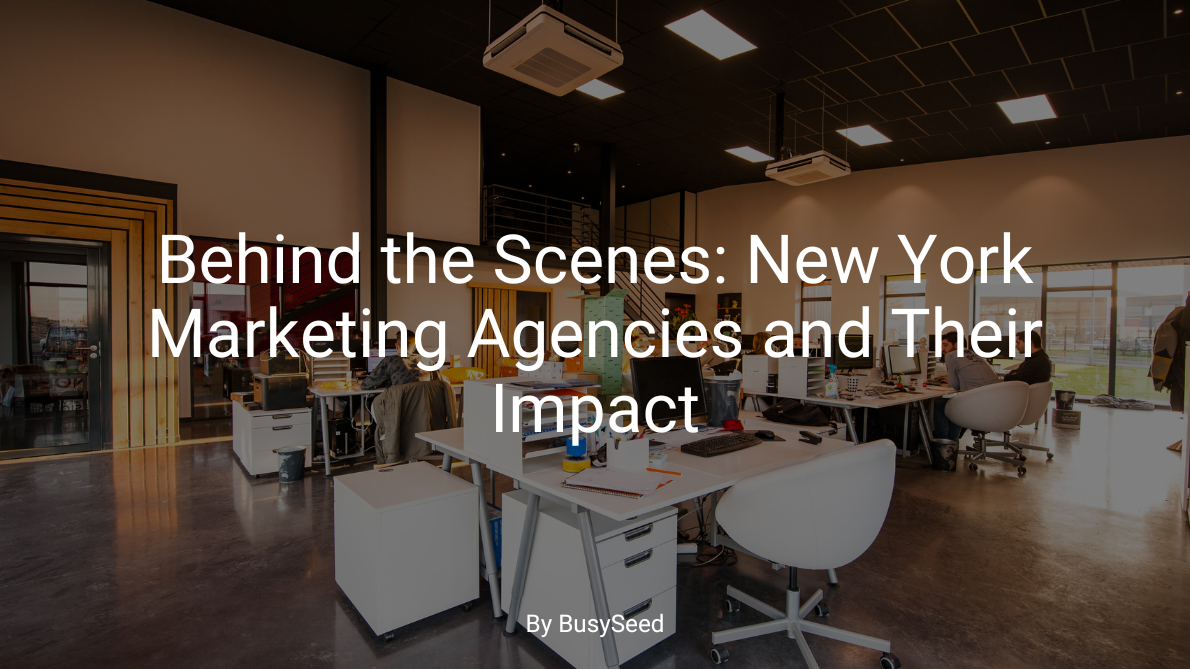

 Forms? Rethinking Your B2B Lead Capture in a Post-Form World"." onerror="handleImageLoadError(this)"/>
Forms? Rethinking Your B2B Lead Capture in a Post-Form World"." onerror="handleImageLoadError(this)"/>